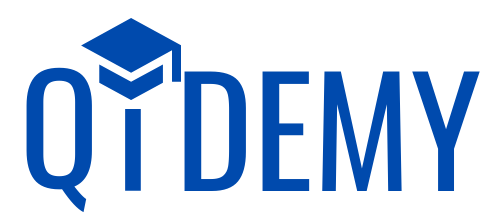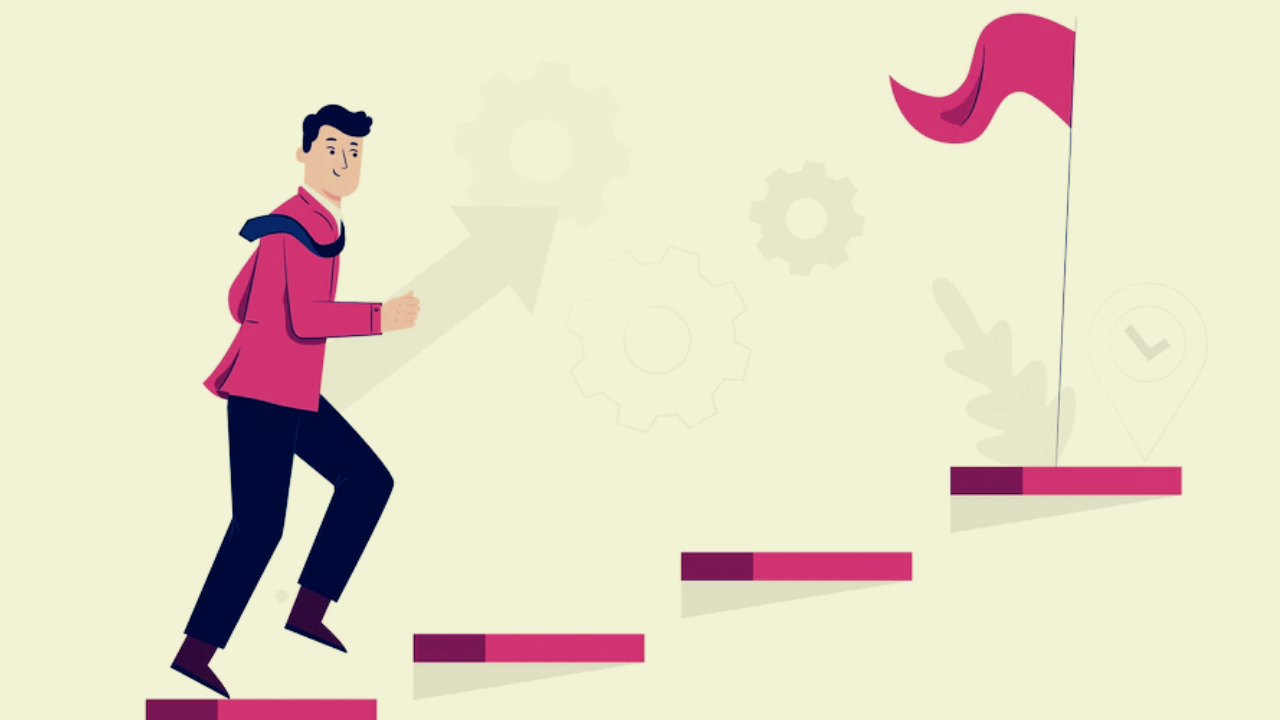Kaizen is a systematic plan for continuous, slow, and steady changes that may be implemented by any business, large or small, to refine and improve the execution of everyday operations, thereby contributing to overall performance improvement.There are certain principles that guides Kaizen philosophy.
The word Kai comes from the words Kai, which means change, and Zen, which means good. The word literally translates to “improvement.”
Kaizen philosophy consists of 12 simple principles that must all be obeyed to realize full potential of Kaizen Philosophy.
It’s a lifestyle change for a company that promises to deliver tangible results.
Table of Contents
Kaizen Principles
The 12 Kaizen principles are as follows:
- Start by questioning the best practices
- Follow the principle of Continuous improvement
- Kaizen is a team effort
- Reframe problems as opportunities
- Make decisions based on data
- Practice the “Five Why” Method
- Be Economical
- Look for simple, incremental solutions
- Respect for people
- Kaizen is often used in conjunction with other quality improvement tools, such as Six Sigma and Lean Manufacturing.
- Embrace Change or Keep your mind open to change
- Kaizen principles can be applied to any area of life
#1 Start by questioning the best practices
One of the key tenets of kaizen is questioning the best practices. In kaizen, you should always be looking for ways to improve your process and make it more efficient. This means that you should never just accept the status quo; you should always be willing to challenge the way things are done and look for better ways to do things.
When it comes to questioning the best practices, there are no right or wrong answers. The key is to be open-minded and willing to consider different points of view. In order to improve your process, you need to be able to think outside the box and come up with innovative solutions.
So how do you go about questioning the best practices? Here are a few tips:
Be curious: Always be on the lookout for ways to improve your process. Be willing to try new things and experiment with different methods.
Ask questions: Don’t be afraid to ask questions about the way things are done. If you’re not sure why something is done a certain way, ask someone who knows. Chances are, they’ll be able to give you a good reason – but even if they can’t, it’s still valuable to question the status quo.
Think critically: When you’re evaluating a process, don’t just take it at face value. Try to look at it from different perspectives and ask yourself if there might be a better way to do things.
Be open-minded: Be open to different points of view and be willing to change your opinion if you’re presented with a compelling argument.
Don’t be afraid to challenge the status quo: The whole point of kaizen is to find better ways to do things. So don’t be afraid to speak up if you think there’s a better way to do something. You never know – your idea might just be the next big thing.
#2 Follow the principle of Continuous improvement
One of the key aspects of kaizen is that it is a continuous process. There is no finish line; the goal is to continuously find ways to improve, no matter how small. Even the tiniest changes can add up to big improvements over time. This means that kaizen must be a part of your company’s culture; it can’t just be something that is imposed from the top down. Employees must be willing to participate in kaizen and be open to change.
The goal is to continuously find ways to improve, no matter how small.In order to achieve the goal of continuous improvement through kaizen, it is important to always be on the lookout for ways to improve. Even the smallest changes can add up to big improvements over time. This means that kaizen must be a part of your company’s culture; it can’t just be something that is imposed from the top down. Employees must be willing to participate in kaizen and be open to change.
Kaizen can be used to improve any process, from manufacturing to office work. The goal is to continuously find ways to improve quality, productivity, and customer satisfaction.
Kaizen is not just for businesses; it can be applied to any area of life. If you want to improve your personal productivity, kaizen principles can help. For example, you could start by setting a goal to wake up 30 minutes earlier each day. Then, you could use that extra time to exercise or meditate. Over time, those small changes will add up to big improvements in your health and productivity.

#3 Kaizen is a team effort
Everyone in the organization, from the top down, is responsible for finding ways to improve the company. This means that kaizen is not just the responsibility of management; everyone in the company has a role to play. Kaizen teams are often made up of employees from all levels of the organization.
Kaizen is a team effort, and it requires the input of employees from all levels of the company. This means that management must be open to suggestions from employees and be willing to implement changes based on their feedback. It also means that employees must be willing to participate in kaizen and be open to change.

#4 Reframe problems as opportunities
When something goes wrong in your process, it’s easy to see it as a negative thing. But instead of looking at problems as a hindrance, try to see them as an opportunity for improvement. By reframing problems as opportunities, you can turn them into a source of motivation and creativity.
#5 Make decisions based on data
One of the key aspects of kaizen is that it is data-driven. This means that decisions are made based on facts, not opinions. In order to make good decisions, you need to have accurate data. This can be difficult in some cases, but it’s important to try to collect as much data as possible before making a decision.
Once you have the data, you need to analyze it and draw conclusions. This can be difficult, but it’s important to stay objective and not let your emotions get in the way. Once you have analyzed the data, you can make a decision based on what you’ve learned.

#6 Practice the “Five Why” Method
When making any final conclusions, ask “why?” five times to get to the base of the problem. You’re more likely to find the true reason behind a problem if you keep asking yourself “why?” Frequently, the supposed cause of a problem will lead to a new question and a deeper investigation of the situation. Perhaps you’ve been telling yourself that you don’t have time to exercise, and this is why you’re out of shape.
#7 Be Light On Pocket
In order to be successful, kaizen must be implemented in a cost-effective way. This means that kaizen teams should be careful not to waste resources (time, money, materials, etc.). And it also means that kaizen should be tailored to the specific needs of the organization.
There is no one-size-fits-all solution when it comes to kaizen. Every organization is different, and each has its own unique set of strengths and weaknesses. Therefore, kaizen must be customized to meet the specific needs of each organization.
One way to be economical while implementing kaizen is to use visual controls. Visual controls are tools that help you see how your process is working and identify areas for improvement.
For example, let’s say you’re trying to improve the efficiency of your manufacturing process. You could use a visual control such as a Kanban board to help you see how your process is working and identify bottlenecks.
Visual controls are an important part of kaizen because they help you make data-driven decisions. When you can see how your process is working, it’s easier to identify areas that need improvement. And when you have data to back up your decisions, it’s easier to get buy-in from upper management.

#8 Opt for a straightforward answer rather than a perfect one
Complexity is always preferable to simplicity. Change is difficult to achieve, and complex change is far more difficult, if not impossible.
As a result, pick a basic solution that you can execute right away. A successful modest adjustment will inspire you to make bigger changes in the future.
You will strengthen your capacity and stamina for more difficult change by doing so. Small steps can always lead to bigger steps, so forget about the huge steps at first and start small.
#9 Respect for people
The next kaizen principle is “respect for people.” This means that kaizen teams should be respectful of the opinions of everyone in the organization, no matter what their role is. Employees should feel free to offer suggestions and participate in kaizen teams without fear of retribution.
Respect for people also means that employees should be treated fairly and with dignity. They should be given opportunities to improve their skills and grow their careers. And, finally, they should be rewarded for their contributions to kaizen.
#10 Kaizen is often used in conjunction with other quality improvement tools, such as Six Sigma and Lean Manufacturing.
These tools can help you achieve continuous improvement in your business. For example, Lean Manufacturing can help you streamline your manufacturing process and reduce waste. And Six Sigma can help you improve product quality and eliminate defects.
When used together, these tools can help businesses achieve amazing results. kaizen, Six Sigma, and Lean Manufacturing are all powerful tools that can help you improve quality, productivity, and customer satisfaction. When used together, they can help you achieve continuous improvement in your business.
#11 Embrace Change or Keep your mind open to change
Another kaizen principle is “embrace change.” This means that kaizen teams should be open to new ideas and willing to experiment.
kaizen is all about continuous improvement, and that can only happen if you’re willing to change the way you do things. Sometimes, this means trying new things that may seem a bit risky. But remember, kaizen is all about making small changes that lead to big results. So don’t be afraid to experiment.
Kaizen is a powerful tool that can help businesses achieve amazing results. But it’s important to remember that kaizen is not a quick fix. It’s a long-term commitment to continuous improvement. If you’re willing to embrace change and make kaizen a part of your company culture, you can achieve amazing results.
#12 Use kaizen to improve your personal life
Kaizen can be used to improve any process, including your personal life. If you want to improve your productivity, kaizen principles can help. For example, you could start by setting a goal to wake up 30 minutes earlier each day. Then, you could use that extra time to exercise or meditate. Over time, those small changes will add up to big improvements in your health and productivity.
You can also use kaizen to improve your relationships. For example, if you want to be a better friend, you could set a goal to call one friend every day. Or, if you want to be a better partner, you could set a goal to do something special for your partner every day. By continuously making small improvements, you can make big changes in your life.

Conclusion
The Kaizen philosophy is based on 12 simple Kaizen principles that, when followed, can lead to continuous improvement in any business.
By following these principles, you can make gradual changes that will have a positive impact on your overall performance.
Have you tried implementing the Kaizen philosophy in your own business? If so, what results have you seen?
Let us know in the comments below.




